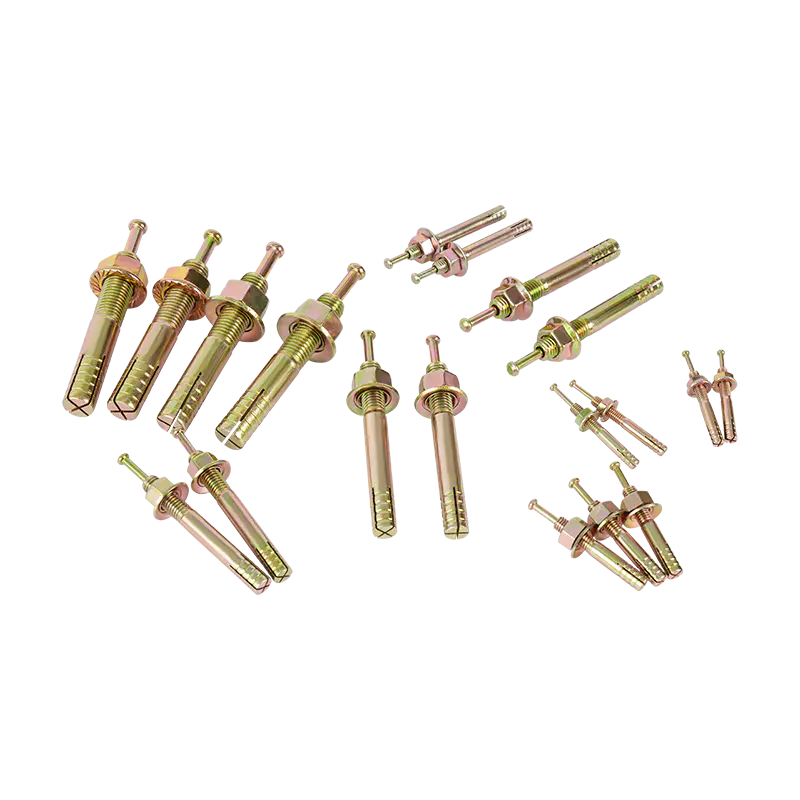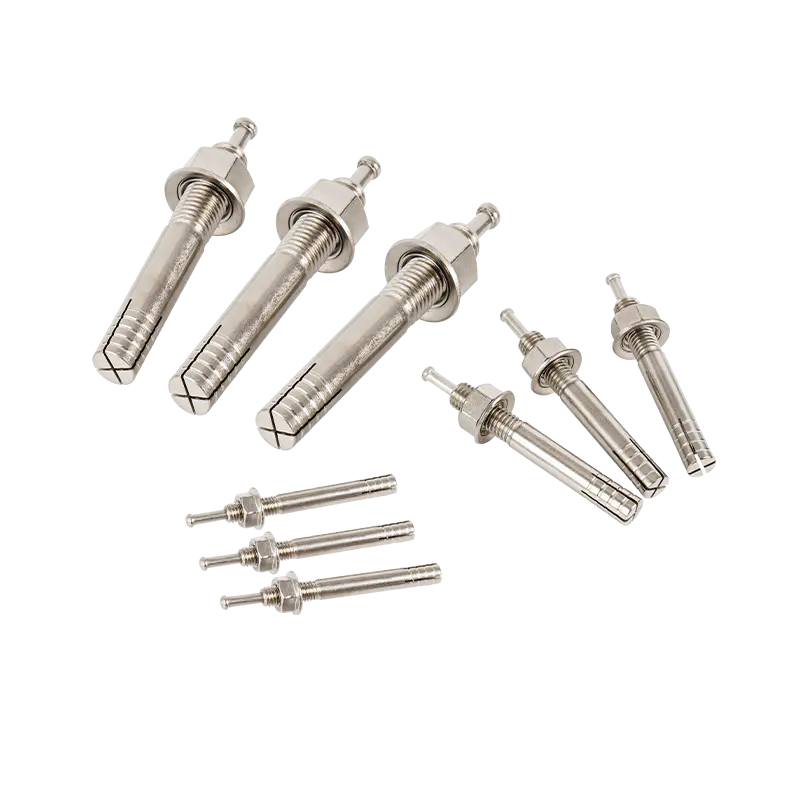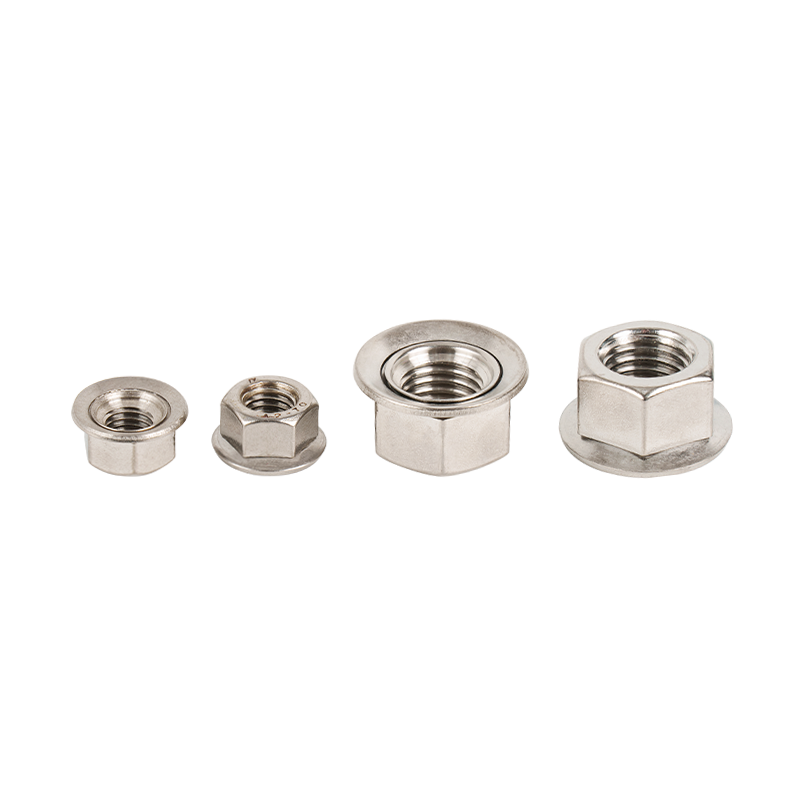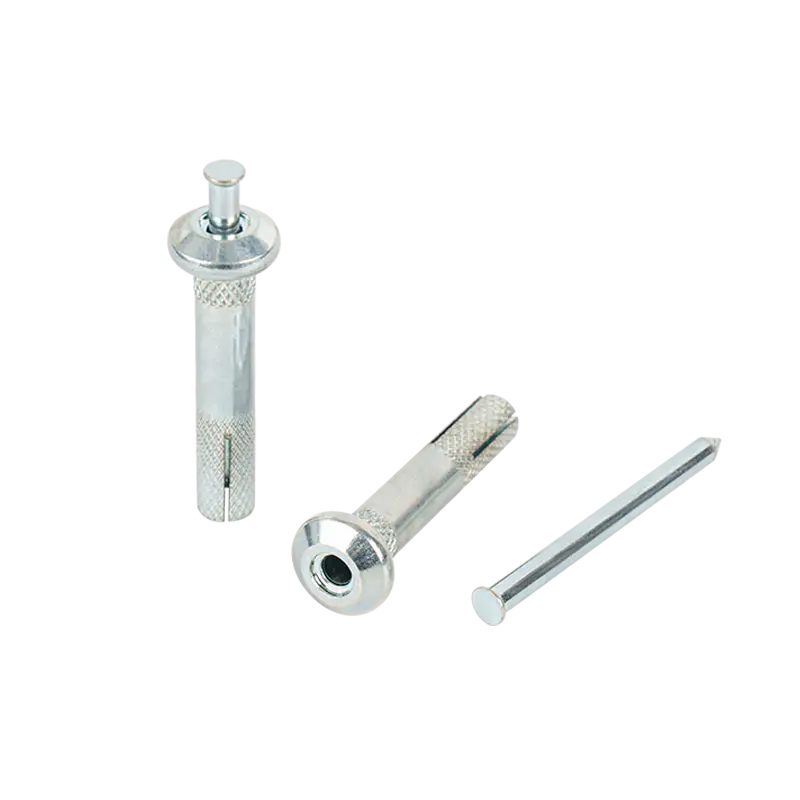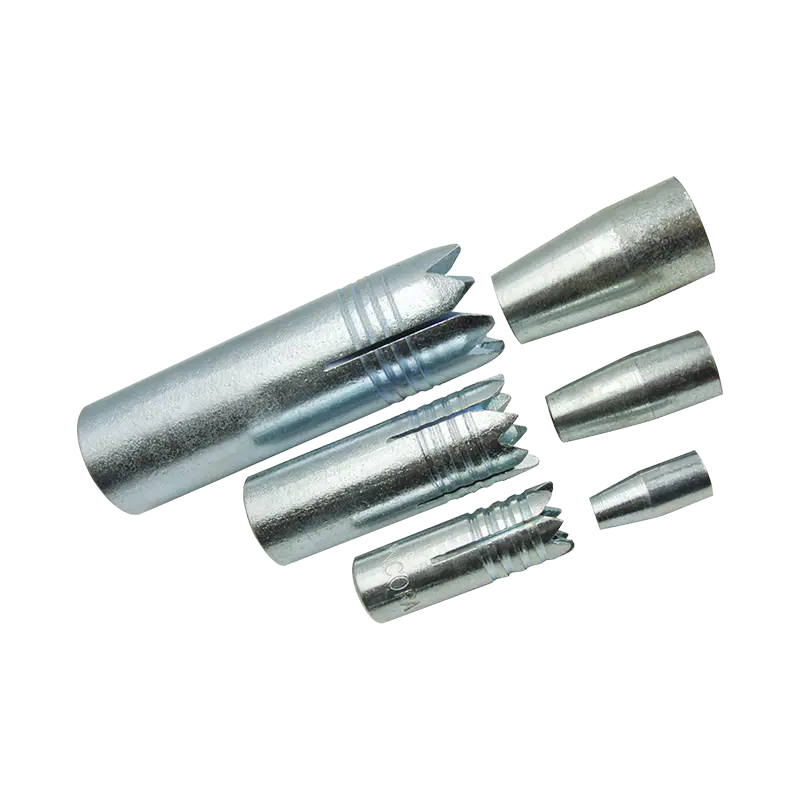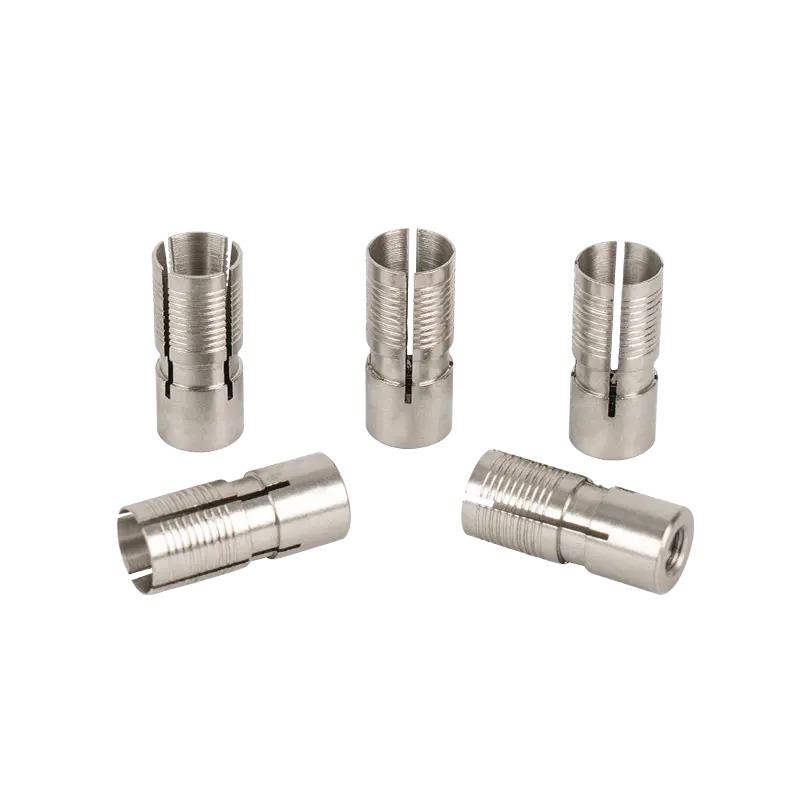How much will the bearing capacity be affected if the Strike Anchor is not installed deep enough?
2025-07-11
A strike anchor’s effectiveness hinges critically on its correct installation. Among the most crucial parameters is embedment depth – the distance the anchor is set into the concrete base material. Insufficient depth isn't just a minor deviation; it directly and significantly compromises the anchor's ultimate load-bearing capacity, posing serious safety and structural risks.
The Mechanics: Shear Cone Development Strike anchors primarily resist tensile loads by developing a cone-shaped volume of concrete around the embedded portion that must resist being pulled upwards. The size and integrity of this "concrete cone" are fundamental to the anchor's strength.
- Depth Determines Cone Size: The depth of embedment is the primary factor dictating the theoretical depth and diameter of this failure cone. Deeper embedment allows for a larger, stronger cone of concrete to form.
- Minimum Thresholds: Engineering standards (like ASTM E488, ACI 318 Appendix D) define critical minimum embedment depths based on anchor diameter, concrete strength, and required load. These are not arbitrary targets but calculated minima for safe performance.
Impact of Insufficient Depth: A Quantifiable Reduction Installing an anchor even slightly shallower than its specified minimum embedment depth leads to a direct loss of capacity:
- Reduced Concrete Cone Volume: A shallower depth creates a smaller, shallower cone. This drastically reduces the mass of concrete resisting uplift forces.
- Premature Failure Mode: Instead of achieving the desired concrete cone failure (indicating optimal strength utilization), an under-embedded anchor is far more likely to experience a pull-out failure. In this mode, the anchor simply rips out of the hole with minimal concrete involvement, signifying a fraction of the intended capacity.
- Magnitude of Reduction: The relationship is non-linear. A depth deficiency of just 10-15% below the specified minimum can often lead to a capacity reduction of 30-50% or more. For example, an anchor requiring 4 inches of embedment might lose well over half its rated tensile capacity if installed at only 3.5 inches. The losses escalate rapidly as depth decreases further.
- Shear Capacity Also Affected: While tensile capacity is most dramatically impacted, insufficient embedment also undermines the anchor’s resistance to shear (lateral) forces, as the reduced engagement reduces friction and mechanical interlock within the hole.
Factors Influencing the Severity The exact percentage capacity loss depends on several interacting variables:
- Degree of Deficiency: The shallower the installation compared to the required minimum, the greater the capacity loss.
- Concrete Compressive Strength: Weaker concrete is less able to form a robust cone, making depth deficiencies even more critical.
- Anchor Diameter and Type: Larger anchors generally require proportionally deeper embedment. The specific design influences cone formation mechanics.
- Proximity to Edges/Siblings: Depth requirements increase near edges or other anchors due to the risk of concrete breakout.
Mitigation: Ensuring Adequate Depth Given the severe consequences, meticulous attention to depth is non-negotiable:
- Know the Specification: Always refer to the anchor manufacturer’s approved Technical Data Sheet (TDS) for the exact minimum embedment depth required for the specific anchor diameter, concrete strength, and intended load in your application. Never guess.
- Drill Deep Enough: The hole depth must exceed the minimum embedment depth by at least the thickness of any debris likely to remain (cleanout depth). For example, if the min embedment is 4", drill to 4.5" or 5" to ensure debris removal doesn't leave the anchor shallow.
- Measure Accurately: Use depth gauges or marked drill bits to confirm hole depth after drilling and cleaning (using brushes, air blowers, or vacuum). Visually confirm the hole is clean to the bottom.
- Set Correctly: Ensure the anchor is driven or set to the manufacturer's specified depth, seated firmly at the base of the clean hole. This may involve driving until the washer or nut is flush with the base material or using a setting tool correctly.
- Verification Proof Loading: For critical applications, proof loading a representative sample of anchors to a percentage of their design load is a vital quality control step to verify installation adequacy, including depth.
Consequences of Neglect Ignoring depth requirements carries significant risks:
- Catastrophic Failure: Anchors pulling out under load can lead to structural collapse, falling equipment, or injury.
- Progressive Failure: A single under-embedded anchor failing can overload adjacent anchors, triggering a chain reaction.
- Costly Remediation: Discovering insufficient depth post-installation often requires complete replacement or expensive structural repairs.
- Liability: Failure due to improper installation exposes engineers, contractors, and inspectors to significant legal and financial liability.
The embedment depth of a strike anchor is a critical variable with a direct, profound, and non-linear impact on its load-carrying capacity. Deviating below the manufacturer-specified and code-required minimum depth results in substantial, unacceptable losses in tensile and shear strength, significantly elevating the risk of pull-out failure. Ensuring adequate hole depth, thorough cleaning, precise anchor seating, and adherence to published specifications are fundamental engineering requirements, not optional practices. There is simply no safe margin for error when it comes to achieving the correct installation depth for strike anchors. Prioritizing this parameter is essential for structural integrity, safety, and professional responsibility.

 English
English 日本語
日本語
